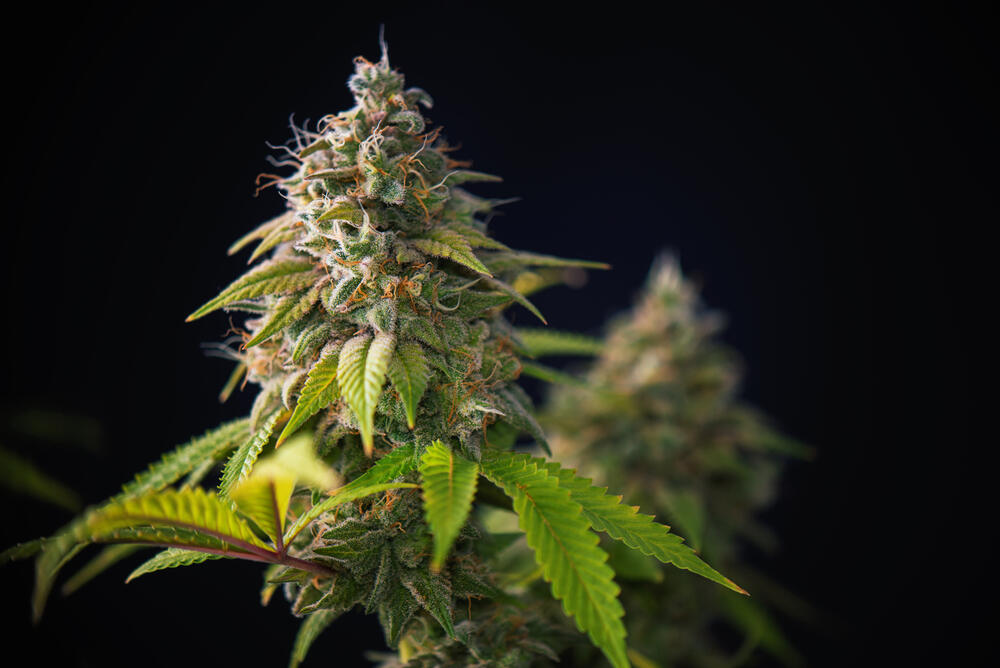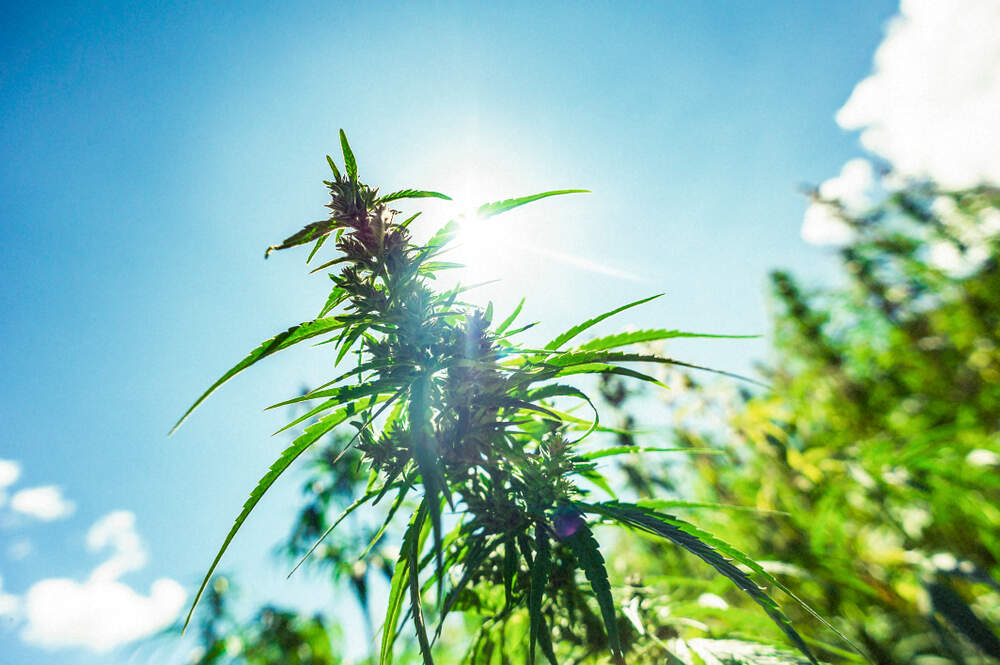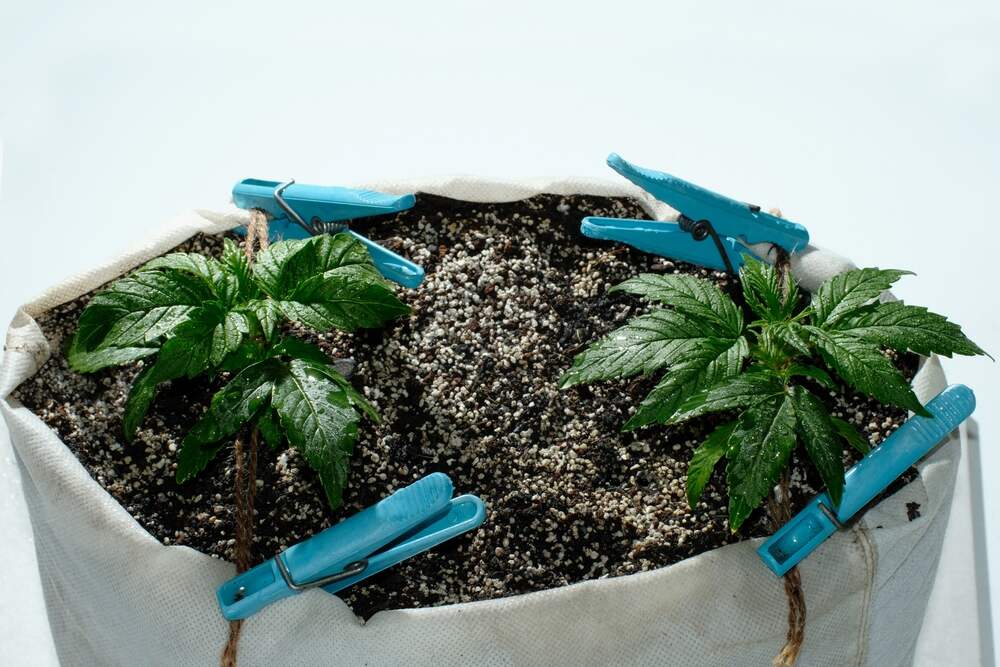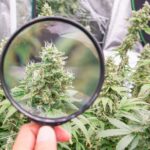The Best Fluffy Pancakes recipe you will fall in love with. Full of tips and tricks to help you make the best pancakes.

The best haze cannabis seeds
If you’re after cerebral highs, energetic vibes, and that unmistakable spicy-sweet aroma, then you’re in Haze territory. As a cannabis breeder, I’ve worked with a lot of different genetics over the years, but few strains offer the wild sativa punch and legendary status that Haze does. These seeds aren’t just popular—they’re the backbone of dozens of award-winning hybrids. Whether you’re a home grower looking for your next challenge or a curious beginner eager to learn, I’ll walk you through what makes Haze cannabis seeds so special, which strains deserve your attention, how to grow them, and where to find the best genetics.
What makes haze cannabis seeds unique
Haze cannabis seeds are some of the most sought-after sativa-dominant genetics in the world. They’ve been around for decades and still dominate coffeeshop menus and seed bank catalogs. There’s a reason for that: Haze strains offer soaring, euphoric highs that leave you energized, uplifted, and ready to philosophize or clean your entire kitchen.
Origins and classic landrace lineage (Thai, Colombian, Mexican, South Indian)
The original Haze came out of Santa Cruz, California in the 1970s. Two brothers—known as the Haze Brothers—started experimenting with landrace strains from around the globe. They combined Thai sativas, Colombian Gold, Mexican, and South Indian genetics to create a wildly potent, long-flowering strain that was as heady as it was flavorful.
This genetic melting pot gave Haze its signature complexity. The Thai influence contributes the tropical citrus tang and racing mental energy. Colombian and Mexican bring the spicy, earthy backbone and elongated flowering traits. South Indian adds stability and a slight indica edge for manageability. This global lineage is why Haze isn’t just a strain—it’s a category.
Key traits—THC levels, sativa-dominance & terpene profiles (citrus, earthy, pine)
Haze strains are known for three things:
- High THC content: Most Haze varieties sit between 18–23% THC, with some phenotypes stretching even higher. The high is heady, creative, and mentally stimulating.
- Sativa-dominance: Expect tall plants with thin-fingered leaves and long flowering periods (often 10–14 weeks).
- Terpene-rich profiles: Citrus peel, sandalwood, black pepper, pine, and sweet floral notes dominate. My favorite part of growing Haze is cracking a jar of cured buds and getting hit with that lemony-spice combo that instantly screams “sativa.”

Differences between photoperiod, feminized, and autoflower haze seeds
If you’re new to growing, choosing the right type of seed matters. Here’s the rundown:
- Photoperiod Haze: These plants need a change in light cycle (12/12) to flower. They’re often taller and take longer, but they give you full control and maximum yield potential. Perfect for experienced growers with indoor setups.
- Feminized Haze: These are photoperiod seeds that are bred to produce only female plants—no males to worry about. Great for simplifying your grow while keeping photoperiod control.
- Autoflower Haze: These are easier for beginners. They flower automatically regardless of light cycle, typically finishing in 10–12 weeks from seed. You trade some yield and potency for speed and convenience. I use autos for quick test grows when I want a faster turnaround.
Top-rated haze seed strains to consider
There are hundreds of Haze hybrids, but only a few have reached legendary status. These are the heavy hitters I’d recommend to any grower chasing that perfect heady high.
Original Haze / OG Haze – heritage, effects, cultivation notes
Original Haze is the one that started it all. It’s a tall, lanky beast with an 11–14 week flowering time, but the payoff is enormous. The high is electric—pure mental stimulation with zero couchlock. You get that sharp citrus-pepper aroma and resin-rich buds if you grow it right. I keep a cut of OG Haze just for breeding because it passes on its unique terpene profile and intensity.
Amnesia Haze – genetics, THC potency (~22%), award history (Cannabis Cup)
Amnesia Haze is one of the most famous Haze hybrids of all time. A cross between Original Haze and Afghani, it blends cerebral stimulation with just enough body relaxation to keep you grounded. It regularly tests at 22% THC, and it’s no surprise it has multiple Cannabis Cup wins under its belt. The flavor is zesty lemon with a peppery kick. She’s a little sensitive to overfeeding, so keep nutrients light.
Super Silver Haze – lineage (Northern Lights + Haze), modern relevance
Super Silver Haze combines Haze with Northern Lights and Skunk #1, making it more manageable in terms of height and flowering time. You get massive resin production, faster flowering (9–11 weeks), and yields that can compete with hybrids. It’s still a sativa through and through—energetic and creative high—but more stable and forgiving for less experienced growers. I recommend this one for indoor setups with decent height clearance.
Super Lemon Haze & Chocolate Haze – flavor-driven hybrids with growing tips
Super Lemon Haze is a fan-favorite for a reason: that sweet lemon candy terpene profile is instantly recognizable. It’s zippy, fun, and perfect for daytime use. It flowers in around 10 weeks and responds really well to topping and training.
Chocolate Haze, on the other hand, leans more toward rich cacao and nutty sweetness. It’s like dessert in a joint. The plant stretches like a typical sativa, so SCROG is your friend here. Both strains are crowd-pleasers—flavor bombs with serious highs.
Specialty strains: Neville’s Haze, Liberty Haze, Pineapple Haze – yield, aroma, flowering time
- Neville’s Haze: One of the most potent sativas ever bred. THC can hit 23–25%. This one is intense and not for the faint-hearted. Expect 14+ weeks of flowering and towering growth, but the result is hallucinogenic and long-lasting.
- Liberty Haze: More balanced, with a shorter 9–10 week cycle. It’s a cross between G13 and Haze, giving you heavy yields and a strong citrus-pine aroma.
- Pineapple Haze: As the name suggests, it’s fruity and tropical with hints of pineapple and mango. It’s a 10–12 week finisher and yields well outdoors in warm climates.
Choosing the right haze seeds for your grow
Not every Haze strain suits every setup. Think about your goals, space, and climate before you pick your seeds.
Compare indoor vs outdoor performance (flowering time, height, yield)
Haze strains love the sun. If you’ve got a Mediterranean or California-type climate, you’ll get massive plants and generous yields outdoors. Expect 6–10 ft tall monsters with big side branches. Just make sure flowering finishes before the rain hits.
Indoors, you’ll need to manage height. Topping, low stress training (LST), and using a SCROG net are all good techniques. Flowering time indoors is still long—usually 10–14 weeks—but controlled conditions mean fatter buds and fewer risks.
Feminized vs auto-flowering: time, ease, best-use cases
- Feminized photoperiod: Best for experienced growers. You’ll get the most from your plants, but it takes planning and effort.
- Autoflowering: Great for beginners or quick harvests. Shorter plants, less maintenance, faster finish. I run autos outdoors in the summer for stealthy side grows.
Choose based on your experience and timeline. There’s no shame in starting with autos and working your way up.
THC vs CBD haze varieties—balancing potency and medicinal effects
While most Haze strains are high-THC, breeders are creating more balanced or CBD-rich versions. If you’re prone to anxiety or want something therapeutic, consider:
- CBD Haze: Equal ratios of CBD to THC for mild effects
- Amnesia CBD: A softer version of Amnesia Haze for medical use
- CBD Super Silver Haze: Still energizing, but less likely to induce paranoia
These still offer the flavor and clarity of Haze, without the mind-racing intensity.
Best haze seed banks & breeders
If you want quality Haze genetics, you’ve got to source from reputable breeders. I’ve spent years tracking down the best lines and I can tell you—it makes a difference.
Established breeders: Neville Schoenmakers & Scott Blakey background
Neville Schoenmakers, often called the “father of modern cannabis breeding,” helped stabilize Haze genetics in Europe through The Seed Bank (which later became Sensi Seeds). His Neville’s Haze is still legendary.
Scott Blakey (Shantibaba), co-founder of Mr. Nice Seedbank, also played a major role in preserving original Haze genetics and refining them into hybrid forms. These guys helped shape modern cannabis breeding as we know it.
Trusted seed banks: Royal Queen Seeds, Greenhouse Seed Co., Zamnesia, MSNL Seedbank
These are the seed banks I trust for consistent results:
- Royal Queen Seeds – Excellent autos and feminized Haze options
- Greenhouse Seed Co. – Creators of Super Lemon Haze and Super Silver Haze
- Zamnesia – Carries rare and specialty haze hybrids
- MSNL – Reliable feminized Haze strains for all skill levels
You want strong germination rates, genetic stability, and clear descriptions. Stick to these names and you’re golden.

How to evaluate seed bank quality—genetics guarantees, reviews, customer service
Here’s my checklist for choosing a good seed bank:
- Genetic stability: Do they stand by their strains with lab testing or pedigree info?
- Customer reviews: Look for consistent feedback on forums and grow diaries
- Customer support: Responsive support is a must in case something goes wrong
- Stealth shipping: Especially important if you’re ordering internationally
If a seed bank checks all these boxes, they’re worth your money.
Cultivation tips for maximizing haze strains
Growing Haze takes patience, but the payoff is worth it. These plants are expressive, aromatic, and capable of producing seriously potent bud when treated right.
Ideal environmental conditions: light, temperature, humidity
Haze likes:
- Light: 600W+ for photoperiods, 18–20 hours for autos
- Temp: 22–28°C (72–82°F) during day, a few degrees cooler at night
- Humidity: 40–50% in flower to avoid mold
Give them plenty of airflow and strong roots to support their lanky growth.
Training methods: topping, LST, SCROG for tall sativa dominance
These tall girls can outgrow your tent fast. I recommend:
- Topping early (3rd–4th node) to control vertical stretch
- Low Stress Training (LST) to spread branches horizontally
- SCROG (Screen of Green) to maximize canopy and yield
This also helps light reach lower bud sites, boosting your overall harvest.

Pest/mold resistance strategies and nutrient regimes for haze plants
Haze strains are generally mold-resistant due to their loose, airy buds. Still, you should:
- Keep RH below 50% in flower
- Use silica and neem oil in veg for pest prevention
- Feed lightly—they don’t need heavy nitrogen. I prefer organic soil with compost teas and top dressing for flavor and resin development.
Conclusion
Haze cannabis seeds are more than just a classic—they’re a grower’s rite of passage. With their global heritage, electrifying highs, and rich terpene profiles, they offer something truly special. Whether you’re growing Amnesia for flavor, Super Silver Haze for yield, or chasing the pure headrush of Neville’s Haze, you’re stepping into a lineage that’s shaped cannabis culture for over 50 years. Choose the right seeds, plan your grow, and take your time—Haze rewards patience with unforgettable results.




